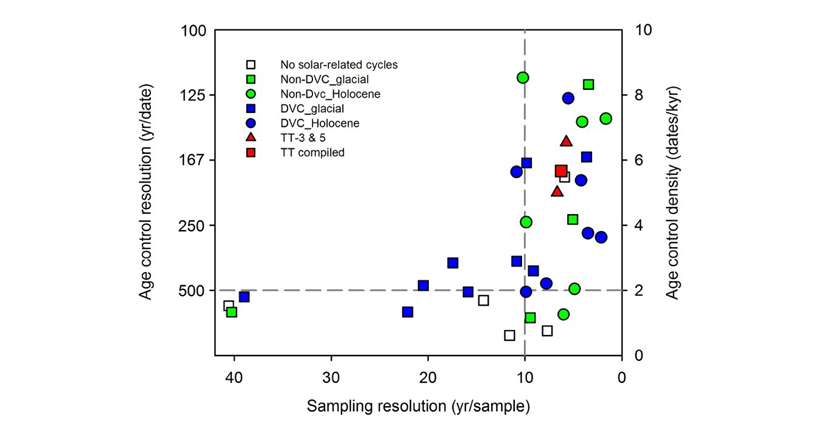
Mountain fog serves as a critical water source for Taiwan’s high-altitude tea plantations and unique cloud forest ecosystems. Our research reveals that climate warming and intensifying urbanization are reshaping th...
More

Mountain fog serves as a critical water source for Taiwan’s high-altitude tea plantations and unique cloud forest ecosystems. Our research reveals that climate warming and intensifying urbanization are reshaping th...
More
The Asian summer monsoon variability on centennial to multidecadal timescales is less understood for the reason that it lacks of well-defined climate forcings. Radiatively, the sun is the ultimate source of energy for cl...
More
The view that tropical cyclones disturb forests by breaking and uprooting trees is widely supported by studies focusing on the effects of a few exceptionally strong cyclones. Such a viewpoint may however limit our unders...
More
[How Does Climate Change Affect Air Quality in Taiwan?] As global warming intensifies, Taiwan's air quality is significantly impacted, particularly in terms of fine particulate matter (PM2.5) and ozone pollution. Ai...
More
In the North Pacific, the variations of the sea surface temperature (SST) are closely related to the atmospheric activities. The interactions between the SST and the atmosphere are widely explained by the theoretical mec...
More
The Heinrich Event (HE), a millennial-scale cold event in the North Atlantic, is characterized by the occurrence of a large amount of coarse terrigenous grains in marine sediments. There are 7 HEs in the past 70 thousand...
More
Forest biomass is one of the main carbon pools found in terrestrial ecosystems. Its storage capacity is, however, vulnerable to climate change and anthropogenic and natural disturbances. In this study, simulation experim...
More
Exploring physical processes controlling the stable isotopic composition of water, including details such as water vapor source, atmospheric circulation, and cloud microphysical processes, is useful for understanding the...
More
Do you know the effects of Taiwan’s land cover changes on the climate change in Taiwan in the past ? First of all, you may need to reconstruct the historical land cover information from multi-data sources, such as ...
More
Typhoon is the most severe weather system in the Western North Pacific. It brings natural disaster but also abundant water resources to Taiwan. Traditional wisdom tells us the dominant influences of large-scale atmospher...
More